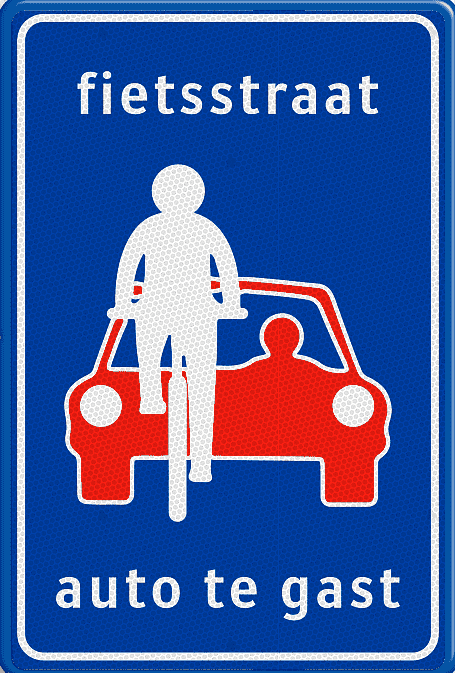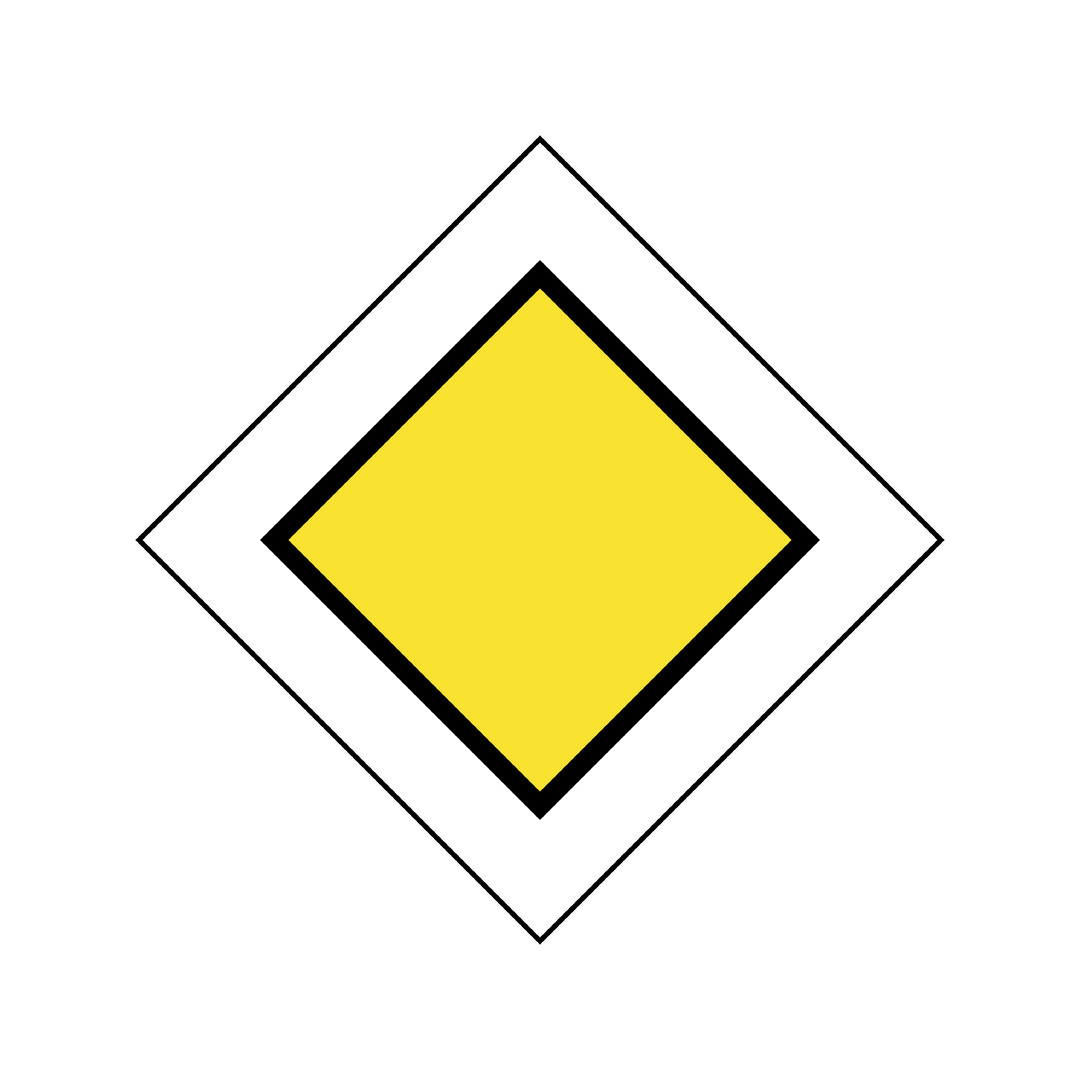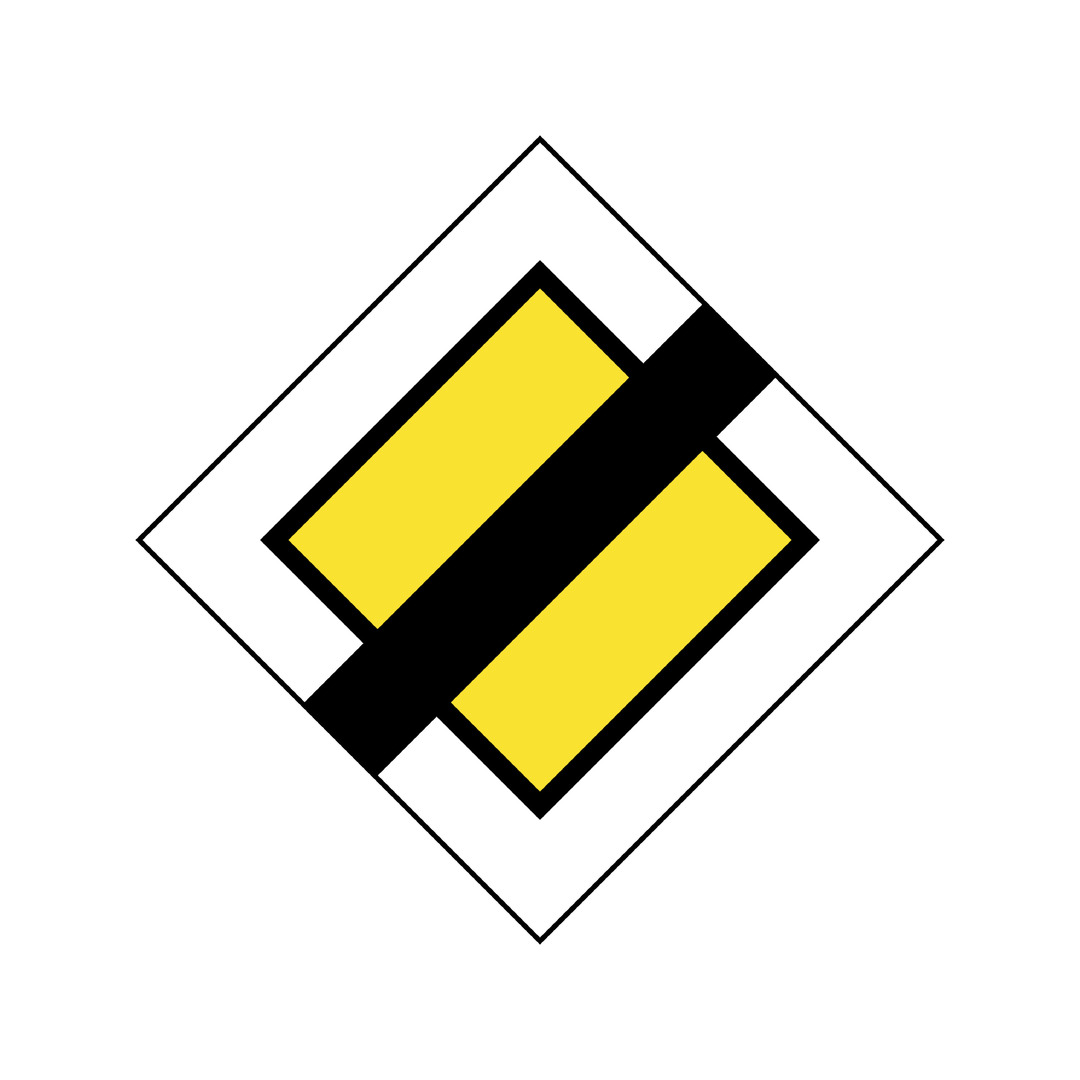
Ultimate Guide to Driving in the Netherlands
By Anna Jones,
2nd October 2025, 15 min read
Driving is one of the best ways of exploring the Netherlands as with a car you can go beyond the train lines and cycle routes and reach places public transport can't. Whether you're looking to explore Amsterdam, the tulip fields in the countryside or the coastal villages along the North Sea, it's important to understand the local driving laws, speed limits, road signs and parking rules. That's where this handy guide comes in. From driving laws, speed limits and road signs, we've got you covered.
We also have you covered if you're hiring a car. Our car hire excess insurance protects you against the high fees car hire companies could charge you if the vehicle is damaged. However with our policies this amount will be reimbursed, allow your Dutch adventure to be as stress free as possible.
The Basics
- Drive on the right-hand side of the road
- The minimum driving age in the Netherlands is 18 but to hire a car, most companies require drivers to be 21–25 years old minimum.
- Always have your driving licence, passport/ID, insurance documents and car hire agreement to hand.
Dutch Rules of the Road
- Unless indicated otherwise, vehicles coming from the right have priority.
- Overtake on the left.
- All passengers must wear seatbelts.
- Use dipped headlights at night and in poor visibility. Daytime running lights are commonly used too.
- Always give way to cyclists and watch out for dedicated bike lanes as they tend to have priority and there will be lots of them as Holland's population of at least 17 million people share 22.8 million bicycles!
- Horn use is only permitted to avoid accidents.
Speed Limits in the Netherlands
Speed limits are strictly enforced and speed cameras are widespread. Speed limits can vary on the time of day.
Dutch Speed Limits
| Road Type |
Speed Limit in Kilometres |
Speed Limit in Miles |
| Motorways |
100 km/h between 06:00 and 19:00; 120-130 km/h at night |
62-81 mph |
| Expressways |
100 km/h |
62 mph |
| Rural Roads |
80m km/h |
50mph |
| Built-up Areas |
50km/h |
31mph |
| Residential Zones |
30km/h |
19mph |
Please be aware that radar detectors are illegal and apps that warn of speed cameras are also not permitted.
Traffic Lights in the Netherlands
- A green arrow means you can go in the direction it's pointing, even if the main light is red.
- A flashing amber light means you can proceed but do so with caution.
- There is no amber light after red - an amber light before red means you should prepare to stop.
Dutch Road Signs
Dutch road signs follow European standards.
| Type of Road Sign |
Meaning |
| Circular |
These are regulatory signs indicating things like speed limits. |
| Triangular |
These are warning signs whether it's for an upcoming sharp bend, a priority crossing or a level crossing. |
| Square/rectangular signs |
These provide information and guidance. |
Key Signs to Be Aware Of
Dutch Road Signs
| Sign |
Name |
Meaning |
 |
Cyclists Have Priority Over Cars |
This is a bicycle-priority street, cars are allowed but must behave as guests. You'll often see this sign in residential or urban areas where cycling is encouraged. Fietsstraten also often have a red pavement resembling a bike path which is an additional sign drivers are secondary users. |
 |
Priority Road Starts |
A yellow diamond with a white border indicates the start of a road where you have priority. |
 |
Priority Road Ends |
The yellow diamond with a thick black line running through it diagonally indicates it is the end of your priority. |
Tolls in the Netherlands
Most roads are toll-free except a few tunnels and major bridges such as the Westerscheldetunnel which charge a toll payable by card or by cash.
Fuel in the Netherlands
- Diesel is labelled the same.
- Unleaded petrol will be labelled Euro 95 (E10) or Euro 98 (E5).
Petrol stations are common but in rural areas they may close late at night. Most pumps are self-service and accept card payment.
Parking Rules in the Netherlands
Parking can be challenging in Dutch cities especially in Amsterdam. Look out for coloured zones and signs.
| Zone/Marking |
Meaning |
| Blue Zones (blauwe zone) |
Time limited parking - you must use a parking disc ((parkeer schijf). |
| Paid Parking Zones |
Pay at a meter or via a mobile app for which you'll often need your licence plate. |
| Continuous Yellow Lines |
No parking allowed. |
| Broken Yellow Lines |
No stopping or waiting. |
| White Lines |
Free parking if spaces are marked |
Do not park in cycle lanes or on pavements. If you do, you may need to pay a fine.
Child Safety Rules in the Netherlands
- Children under 18 years old and shorter than 135cm must use an appropriate child sear or booster.
- Children taller than 135 cm can use just a seatbelt.
Additional Rules To Be Aware Of
- The blood alcohol limit in the Netherlands is 0.05%. For drivers with less than 5 years driving experience, this drops down to 0.02%.
- You are only allowed to use hands-free devices when driving.
- Compulsory equipment you must carry includes:
- Warning triangle
- Reflective jacket (this is recommended, not strictly compulsory, but highly advised
- Spare bulbs are also recommended
Driving in the Netherlands FAQS
Do I Need an International Driving Permit (IDP) to drive in the Netherlands?
EU/EEA and UK licence holders do not need an IDP.
Non-EU Drivers may need one but this depends on the country of origin - this is worth checking.
What documents do I need to drive in the Netherlands?
- Valid driving licence
- Passport/ID card
- Car insurance documents
- Vehicle registration certificate
- Car hire agreement
Car Hire Excess Insurance
If you’re hiring a car, car hire excess insurance can protect you from unexpected costs if your rental car is damaged.
Final Thoughts
Driving in the Netherlands gives you total freedom to explore the best of the country. By learning the rules of the road, respecting cyclists, and being prepared with a rental car excess insurance policy from ReduceMyExcess, you’ll enjoy a smooth and stress-free road trip in the Netherlands.